Cape Fear/1962/Universal Pictures/105 min.
From the moment Robert Mitchum appears in “Cape Fear” with his slow swagger, Southern drawl and serious mean spirit, there’s no doubt he’s a tour-de-force bad guy. In fact, he is one of cinema’s greatest psychos. His character Max Cady ranks No. 28 on the American Film Institute’s list of the top 50 villains of all time.
The plot is straightforward but it’s a story that simmers with tension. Ex-con Max Cady puts the blame for his recent stint in jail squarely on the man who testified against him: Sam Bowden (Gregory Peck, who also helped produce), a prominent lawyer in a small Southern town. Seeking revenge for the eight years he spent behind bars, Cady launches a campaign of terror against Bowden and his family that culminates in a life-and-death struggle in a moonlit swamp.
The 1962 film, still chilling today, had all the ingredients for success: accomplished director J. Lee Thompson (who also made Peck’s 1962 adventure classic, “The Guns of Navarone”), a near-perfect cast, top-notch material (James R. Webb’s screenplay is based on John D. MacDonald’s novel “The Executioners”), a Bernard Herrmann score, cinematography by Sam Leavitt, art direction by Robert Boyle and editing by George Tomasini.
Herrmann, Boyle and Tomasini were frequent collaborators with Alfred Hitchcock. Of shooting in black and white, director Thompson said, “I thought the black and the shadows would enhance the story and color might spoil it.”
The cast includes TV comedienne Polly Bergen as Sam’s wife Peggy, Lori Martin as their daughter, Martin Balsam (“Psycho’s” ill-fated detective) as police chief Mark Dutton, Telly Savalas as gumshoe Charlie Sievers and Barrie Chase as Diane, a goodtime girl victimized by Cady.
To Peck’s credit, he understood that Mitchum’s character was more dynamic than steadfast and respectable Sam Bowden. Mitchum makes even a quick line, such as, “You sweatin’ a little, huh counselor?” glow with burning malice.
Thompson says in the making-of feature in the DVD, “Greg was conscious the whole time that the villain was the colorful part and that Mitchum was playing it beautifully. And he let him run with it. … The way [Peck] played the part and the strength he showed, it became a very good battle between the two men. It was wonderful teamwork between the two.”
Thompson also recalls the way Mitchum embraced the role. “This part is a drunk, a rapist and a violent man, and I live my parts,” Mitchum told him. “It was sort of a warning that we might have some stormy passages during the making of the film … and we did have some stormy passages,” laughs Thompson. [Read more…]
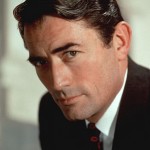





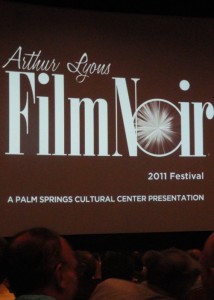
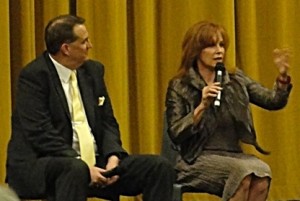
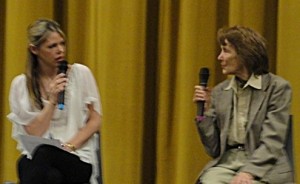
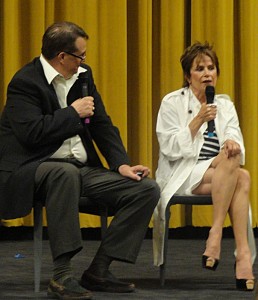
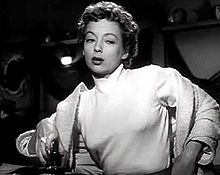
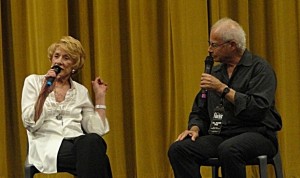
![220px-Loophole[1]](http://www.filmnoirblonde.com/wp-content/uploads/2011/05/220px-Loophole11-196x300.jpg)

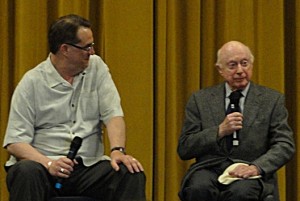
![220px-DamnedDontCry[1]](http://www.filmnoirblonde.com/wp-content/uploads/2011/05/220px-DamnedDontCry11-210x300.jpg)
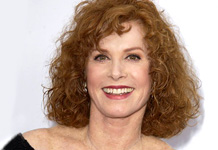





From FNB readers